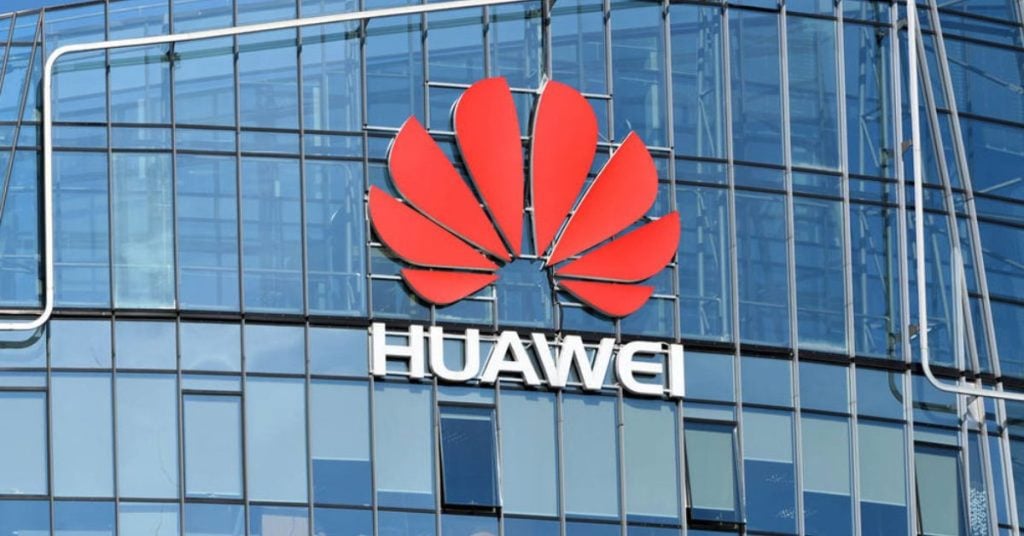TSMC’s Advanced Packaging Capacity Fully Booked by Nvidia and AMD
TSMC, the prominent semiconductor manufacturer globally, has declared that its advanced packaging capacity has been completely reserved for the next two years. This announcement coincides with Nvidia, AMD, and Guanghuida securing TSMC's cutting-edge packaging technologies for their high-performance computing (HPC) endeavors. Growing Demand for AI Processors The emphasis on high-performance computing is driven by its crucial […]
TSMC’s Advanced Packaging Capacity Fully Booked by Nvidia and AMD Read More »




